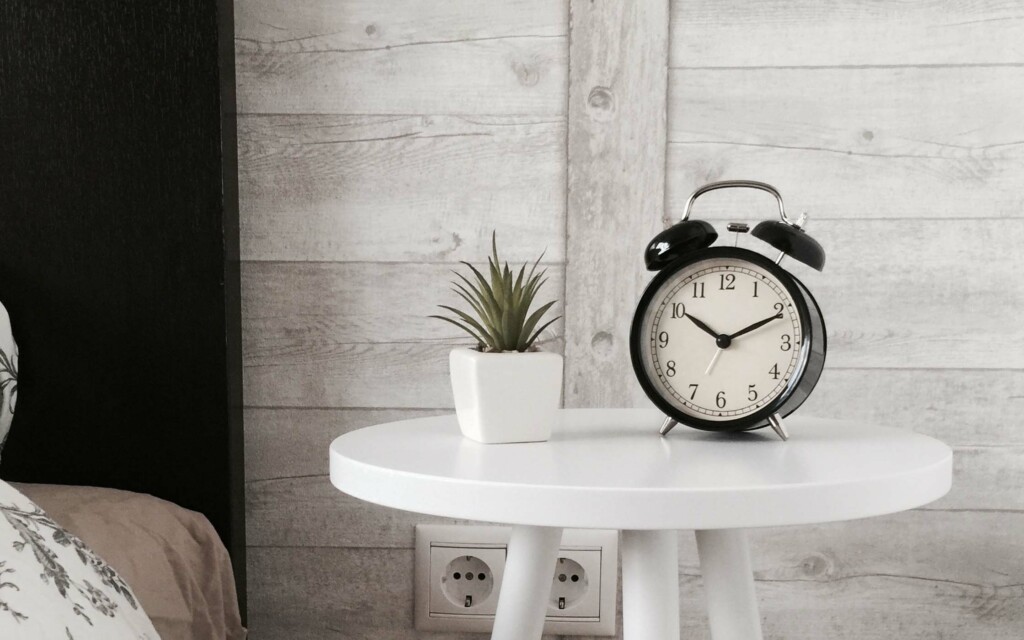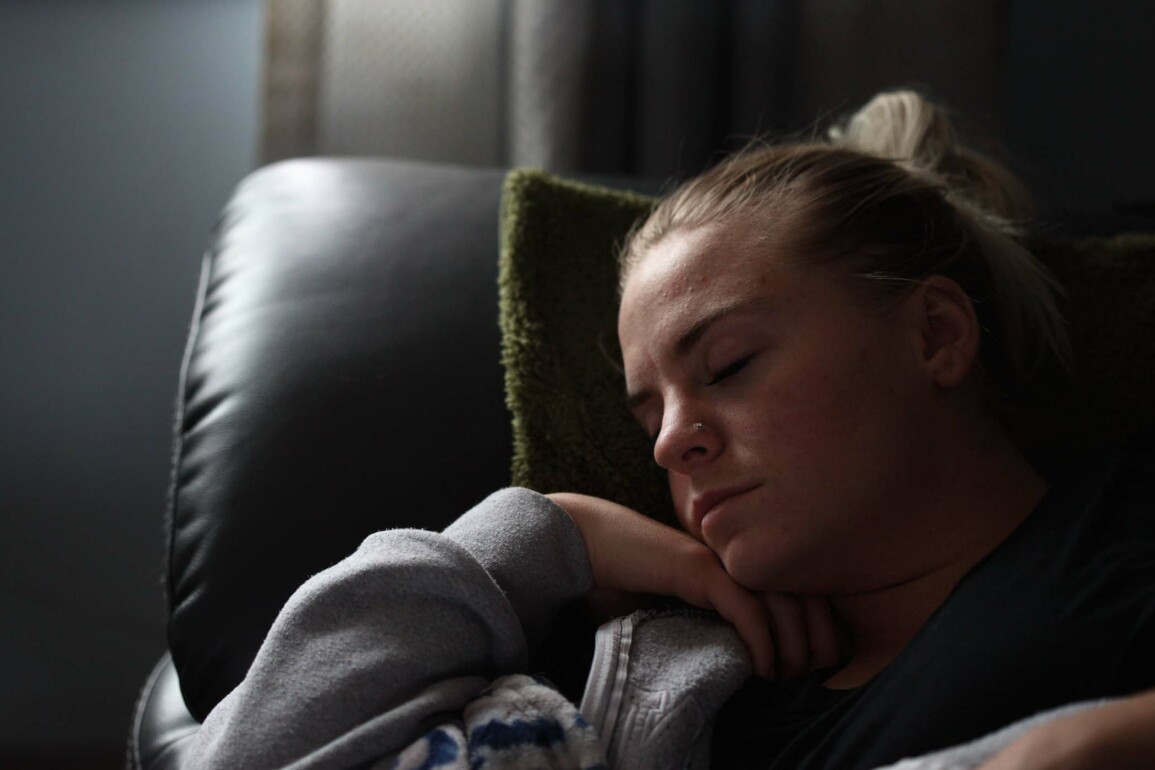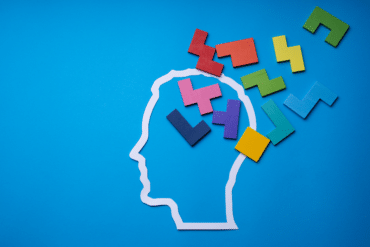If you’ve been struggling to get your recommended seven to nine hours of sleep each night, maybe you should stop trying.
There are a lot of people out there who sleep for a few hours when they go to bed each night, then get up for a couple of hours before returning to bed.
You may not technically have insomnia if this sounds like you — instead, your body could be asking you to switch to a biphasic sleep schedule.
You probably already know that we all need different amounts of sleep, based on things like our age and gender.
However, what most people don’t realise is that you don’t necessarily need to get all of your hours in one chunk.
With a biphasic sleep schedule, you can split your sleep into different “shifts” and improve your productivity and creativity as a result.
According to some experts, biphasic sleep might be closer to our historic original sleep patterns. In todays world we mostly stick to the monophasic sleep pattern.
Let’s take a closer look at the concept of sleeping in shifts.

What is biphasic sleep?
Before we can look at how to fix your sleep cycle with biphasic schedules, we need to get a closer look at how sleep cycles actually work.
The most common strategy for getting the rest that we need each day involves spending between 7 and 9 hours a night asleep.
The monophasic sleep cycle is the most common pattern — at least in the western world. It concentrates on splitting the day into one long period of wakefulness, and one long period of sleep.
It’s common for us to stick to this pattern because it usually works for our social and work-based needs. We sleep enough at night so that we don’t need to take a break during the day.
However, the monophasic sleep pattern wasn’t always the norm. According to experts like Dr. Breus, we actually switched to this sleeping schedule because of the industrialized world that we live in.
Before things like electricity were invented, biphasic sleep schedules were much more common. In biphasic sleep, you divide your slumber into two parts. This could mean having two periods of sleep at night or having one chunk of rest at night, and one during the day.
The biphasic sleep style is still quite popular in some parts of the world — where it’s often known as “siesta sleep”.

What does a biphasic sleep schedule look like?
Your typical sleep schedules differ depending on who you are and what you need to accomplish each day. Your biphasic sleep schedule can vary according to your needs too.
The most common approaches include:
- Having one session of sleep at night, and one during the day.
- Having two sessions of sleep at night, split by a waking period.
If you have two sessions of biphasic sleep at night, this might be because you get woken up. You might suffer from things like restless leg syndrome or chronic pain. This makes it difficult for you to stay asleep for long periods.
If you constantly find yourself waking up in the middle of the night, you might get a better night’s sleep by simply allowing yourself to add that waking session into your routine.
You can use your time awake to read, meditate, or do anything else that you find relaxing. However, we’d recommend avoiding anything that would wake you up too much. You do want to go back to sleep again eventually, remember.
The alternative option for biphasic sleep is to have one long session of sleep at night, and a slightly shorter period during the day.
This “siesta sleep” strategy was very common before the 1930s, and it’s still practiced today in many parts of Europe.
Is biphasic sleep for you?
Let’s say you often feel exhausted at around 2pm. You might struggle to stay focused on your work and life tasks. In this case you’ll probably see the benefits of this kind of biphasic sleep schedule.
By adding a siesta period into your day, there’s a good chance that you’ll wake up feeling more revitalized and ready for action.
Remember you will now need to accept to spend less time asleep at night. This will allow for your siesta to fit into your schedule.
If you want to figure out how to fix your sleep cycle, the best thing you can to do is experiment. Will either of the two examples of biphasic sleep mentioned above fit your life?
Try different routines and monitor the way that you feel. You can keep a diary where you note things like focus, mental stability, and mood. This will help to determine if a biphasic sleep schedule can really work for you.

Is biphasic sleep healthy?
Biphasic sleep is surprisingly common. Research indicates that anywhere up to 60% of adults experience some kind of biphasic sleep schedule today.
If you regularly wake up during the night, then you might already be practicing biphasic sleep without realising it.
If that’s the case, then the question becomes: is biphasic sleep healthy, and can you maintain this kind of schedule long-term?
Currently, there’s still not enough research to say for certain whether biphasic sleep is the best way to sleep.
However, there’s a growing number of studies that indicate that there may be benefits to this kind of sleeping method.
The research suggests that a biphasic sleep schedule could deliver better concentration. It could also give you improved energy levels, enhanced cognitive function, and better mood.
There are also other studies, however, that indicate a split sleep schedule could lead to symptoms similar to sleep deprivation.
Importantly, research notes that biphasic sleep may be particularly problematic for younger children.
Biphasic sleep could make it harder for people to achieve full sleep cycles each night. It could also have a negative impact on the production of growth hormone, which is crucial for child development.
Adults also use growth hormone in repleneishing muscle tissue and for a normal brain function.
This means that you could have an increased risk of cognitive difficulties. By dividing your sleep there could be an increased risk of side effects caused by sleep deprivation.
Ultimately, only you can determine whether biphasic sleep is right for your daily slumber.

Should you try biphasic sleep?
If you decide that you want to try an alternative schedule, like biphasic sleep, then you’ll need to commit to experimenting carefully.
That means paying close attention to how you’re feeling. Clearly opening your eyes to any signs that the biphasic sleep routine isn’t working.
For instance, if you’re struggling to focus, dealing with mood swings, or feeling extremely sleepy, you may have a problem.
It’s also worth noting that biphasic sleep can’t be the right solution for everyone. It’s not about just throwing a nap into your day whenever you like.
You need to commit to sleeping and napping at the same time each day, if you want to get the best results.
Switching to a new sleeping pattern can be a complicated process. It may give you some unwanted side-effects at first, such as grouchiness, and trouble concentrating.
The biphasic sleep schedule isn’t recommended for people with a proclivity for mental illness either. Depression and other mood disorders are often worsened by disruptions to your sleeping patterns.
A segmented sleeping schedule could destabilize your circadian rhythm and cause even more problems.
Biphasic sleep is often seen as a lot less harmful than polyphasic sleeping patterns for most people. This doesn’t mean that it’s without its risks.
Science, as well as ancestral and historical records on sleeping patterns, show that some people can respond poorly to this method of sleep. They’ll be experiencing higher levels of cortisol and adrenaline that make it difficult for them to cope with their emotions during the day.
However, some people definitely can benefit from this kind of schedule. It all depends on you.
If you’re the kind of person who wakes up regularly each night and reads a few chapters of your favourite book before going back to sleep — you’re already halfway there.
All you need to do is create a more consistent sleep routine, and you’ll be taking full advantage of biphasic sleep.
People are already hacking their nights with biphasic sleep
Around the world, people are already relying on biphasic sleep to help them get the rest that they need.
In Europe, it’s common to sleep less on an evening, and split the day up with a siesta in the afternoon.
Additionally, there are countless geniuses that swear they do their best work because they sleep less at night and get power naps during the day.
Some of us don’t have much of a choice when it comes to embracing a biphasic sleep pattern. If you have disorders or health issues that force you to wake up in the middle of the night, then there’s not a lot you can do besides adjust your sleep schedule accordingly.
The good news is that although we don’t know for sure whether biphasic sleep patterns are better than monophasic options, we do know that they don’t seem to be particularly harmful.
Indeed, many specialists agree that human beings are likely to be more attuned to biphasic sleeping than any other schedule naturally.
Adjusting your routine so you can embrace the benefits of a biphasic schedule could mean that you can accomplish your goals faster.
You could have more energy and endurance each day. Just remember that changing any sleep pattern can be a difficult and stressful process.
It’s best to check with your doctor before you decide to switch up your routine, just in case there’s anything you need to keep in mind, while making your adjustments.
In the meantime, check out the other articles here at Siestio for more tips and insights into how to fix your sleep cycle and hack your routine.
Siestio. Sleep Matters.
Medical disclaimer
You must not rely on the information provided on our website as an alternative to medical advice from your doctor or other healthcare professionals. For more information read our full disclaimer here.







